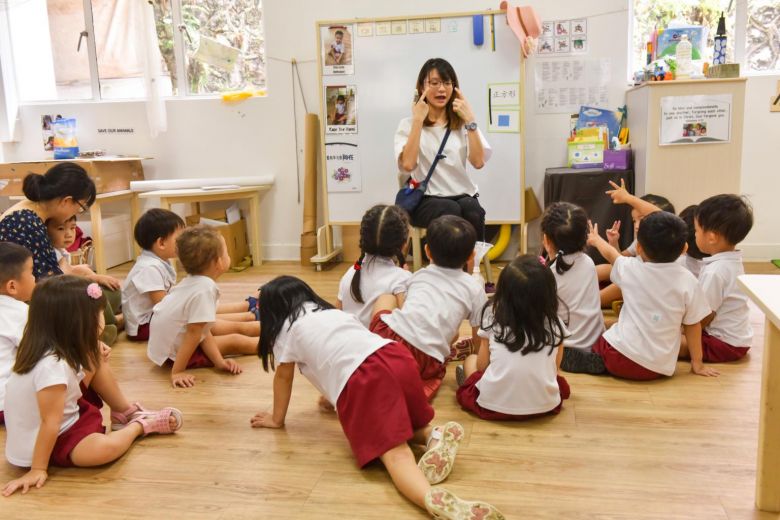Evaluating Mandarin Education in Singaporean Preschools
September 3, 2019

On 7 September 1979, the Singapore government launched the Speak Mandarin Campaign, an initiative which aimed to improve proficiency in proper Mandarin and unify various Chinese dialect groups. This focus on Mandarin proficiency, alongside an emphasis on fluency in English during the foundational years of Singapore’s independence, was part of a bilingual language policy that sought to unify a multiracial nation and establish Singapore’s economic competence in the global landscape.
In ‘Learning Mandarin in Singapore Preschools: Laying the Foundation for Multilingualism’ (Global Chinese, 2016), Associate Professor Lee Cher Leng from NUS Department of Chinese Studies delivers a comprehensive examination of language proficiency in Singaporean Chinese children today, one that reflects the extent of success of language policies during Singapore’s early years as well as its educational methods now. The study reveals how Singaporean Chinese children are currently in an environment which is overwhelmingly English-dominated, making it more challenging for them to pick up ethnic languages. Looking at relevant data from the frame of communities, preschools and homes, A/P Lee breaks down the types of Singaporean preschools according to their incorporation of the Mandarin curriculum. She goes on to present examples of alternative bilingual education methods in Canada and Europe, and ends with recommended improvements to preschool bilingual language education in Singapore.
This article is incredibly important as it demonstrates how Singapore’s education situation is a ‘weak form’ of Bilingual Education, a ‘Limited Enrichment’ which produces ‘Limited Bilingualism’. By presenting this information, it suggests a reconsideration of current Singaporean educational models and provides ways to adapt to the changing circumstances of Singaporean language proficiency.
Read the full article here.
